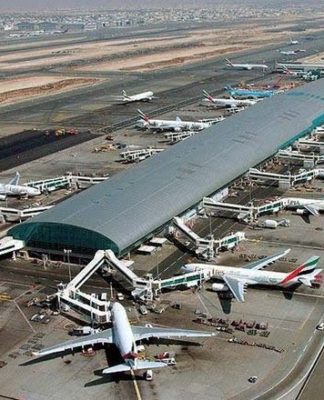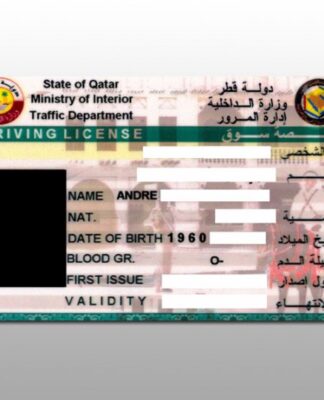CONFLICTSISRAEL
UN agencies: Civilians across Gaza are threatened by war
Jan D. Walter
18 hours ago18 hours ago
Criticism of Israel’s ground offensive in Gaza is growing. The army says it is trying to protect civilians, but UN agencies warn the measures have been insufficient and warn of a “humanitarian catastrophe.”
https://p.dw.com/p/4Zthz
A Palestinian child sits in a tent at a UN-run school in Gaza
The UN has warned of a ‘humanitarian catastrophe’ in Gaza, with many of the victims being childrenImage: Ibraheem Abu Mustaf/REUTERS
Since the end of a temporary truce on December 1, the Israel Defense Forces have expanded their ground offensive into the Gaza Strip. IDF leaders have said forces are now combating militants in the south of the densely populated territory. A few weeks ago, civilians in the north were instructed to move south to escape Israeli bombardments and fighting between Israeli soldiers and fighters aligned with Hamas, which the United States, EU and other governments have designated a terror organization.
Israeli forces push deeper into southern Gaza
02:06
The IDF has said the aim of its ground offensive is to “destroy Hamas” and free all of the roughly 240 people abducted as part of the October 7 terror attacks within Israel, in which about 1,200 people were killed. To date, 110 of the Israelis and foreign nationals taken hostage that day have been released.
Criticism of Israel’s military operation in Gaza has grown globally.
Guterres: ‘Humanitarian catastrophe’
UN Secretary-General Antonio Guterres has repeatedly warned that the dire situation for civilians in the Gaza Strip can only be averted by establishing a humanitarian cease-fire. On Wednesday, he invoked Article 99, a rarely used tool in the UN Charter that allows the secretary-general to “bring to the attention of the Security Council any matter which in his opinion may threaten the maintenance of international peace and security.”
“I urge the members of the Security Council to press to avert a humanitarian catastrophe,” Guterres wrote. “I reiterate my appeal for a humanitarian cease-fire to be declared,” he said, adding that the “civilian population must be spared from greater harm.”
The last time Article 99 was invoked was when Peruvian Secretary-General Javier Perez de Cuellar used it in 1989 to call for a cease-fire in Lebanon.
According to the Hamas-run Health Ministry in Gaza, more than 17,100 people have already lost their lives in Israeli attacks. According to estimates, at least two-thirds of the people killed were civilians, mostly women and children. The United Nations Relief and Works Agency for Palestinian Refugees (UNRWA) estimates that almost 80% of the population in Gaza has been displaced.
A crowd of people queuing for flourA crowd of people queuing for flour
Much of the Gazan population is dependent on humanitarian aidImage: Ashraf Amra/Anadolu/picture alliance
The civilian toll
The IDF has repeatedly said it was doing everything it could to protect the civilian population of Gaza. However, the government seems aware that the international community expects it to do more.
“We need the time to defeat Hamas, and if we don’t make sure we make these efforts in the humanitarian sphere, in minimizing the deaths of civilians, we may lose our legitimacy,” IDF international spokesperson Richard Hecht told Britain’s Financial Times. He said the way the IDF would operate in southern Gaza would “probably be a bit different.”
One difference is the way in which the IDF says civilians are being warned of bomb attacks and fighting. As the truce came to an end last Friday, the IDF dropped leaflets printed with QR codes linked to an online map dividing the Gaza Strip into hundreds of different zones. The map marks unsafe areas and instructs civilians in them to leave. According to the Israeli daily newspaper Haaretz, the IDF is also using social media platforms, various electronic broadcasting devices and even phone warnings to disseminate information in the targeted areas.
A leaflet with Arabic writing and QR codes in the hands of an unseen person reading A leaflet with Arabic writing and QR codes in the hands of an unseen person reading
Leaflets with QR codes were dropped in Gaza with instructions to evacuate certain areasImage: Abed Zagout/Andalou/picture alliance
Nowhere to go
According to the UNRWA, these means are not adequate for protecting civilians. UNRWA Commissioner-General Philippe Lazzarini said on Monday that “no place is safe in Gaza, whether in the south, or the southwest, whether in Rafah or in any unilaterally called ‘safe zone.'” NGOs have pointed out that there is nowhere for Gazans to flee, as refugee camps are already filled beyond capacity.
One man sits on the hood of a car laden with passengers and their belongings as they pass three others heading in the opposite direction on makeshift, donkey-drawn vehicles One man sits on the hood of a car laden with passengers and their belongings as they pass three others heading in the opposite direction on makeshift, donkey-drawn vehicles
Gazans are fleeing but do not always know which way to goImage: Mohammed Dahman/AP/picture alliance
Dina Matar, chair of the Centre for Palestine Studies at the School of Oriental and African Studies (SOAS) in London, also told the US news weekly Time that the IDF online map was “difficult to understand” if people could even access it with “internet connections being sporadic.”
“Even for someone who knows every single neighborhood, it is difficult to navigate that map,” she said. Matar added that it was barely possible to clear evacuation zones on time because instructions came too late or due to the simple logistics of leaving. “Expecting people to move collectively, in a short period of time is difficult, given the fact that people don’t have many forms of transport, except on foot or maybe on donkeys.”
“We’re trying to reach out to Palestinians,” IDF spokesperson Jonathan Conricus told CNN: “We’re trying to inform them ahead of time where fighting is going to be, in order for them to be able to take precautions and move from where there is going to be fighting. I don’t know how else we can square that circle of defeating Hamas where Hamas is, and minimizing civilian casualties.”
This article was translated from German. The number of people who have been killed in Gaza has been adjusted to reflect current developments.
DW-Redakteur Jan D. Walter Kommentarbild App PROVISORISCHDW-Redakteur Jan D. Walter Kommentarbild App PROVISORISCH
Jan D. Walter Editor and reporter for national and international politics and member of DW’s fact-checking team.






























